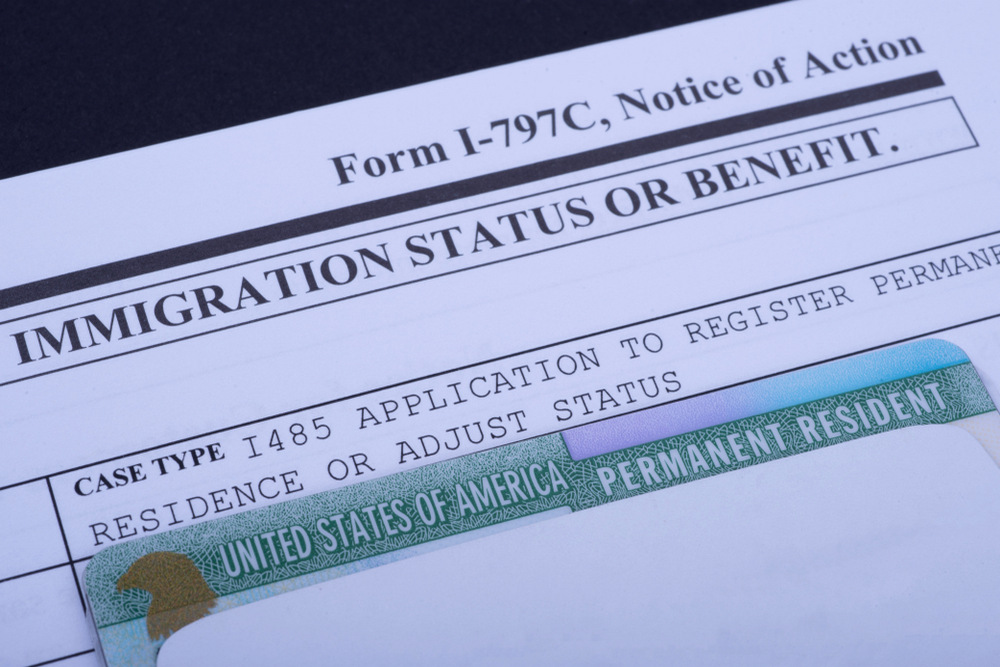
Suppose you’re seeking to adjust your status while in the United States; it’s crucial to understand the necessary steps involved. Whether you’re applying for a visa or aiming to transition from one immigration status to another, the process can seem complex. However, following the proper steps and gathering the required documentation can make this journey more manageable and increase your chances of success. Knowing what to expect throughout the process will allow you to stay focused and prepared at every stage.
Understanding Eligibility for Adjustment of Status
The first step in the adjustment of status process is determining whether you’re eligible to apply. Typically, individuals already in the U.S. on a temporary visa or under a different immigration status may be eligible to adjust their status if they meet specific requirements. These include qualifying family relationships, an approved employment offer, or other legal grounds for adjustment. Reviewing your situation carefully and ensuring you meet all eligibility criteria before proceeding is essential. A simple mistake at this stage can delay or complicate your application.
Gathering Necessary Documentation
Once you’ve established your eligibility, the next critical step is gathering the necessary documentation. You must provide evidence supporting your application, such as proof of identity, immigration status, and a legitimate relationship if you’re applying through a family member. The type of documents required will vary depending on the category you’re applying under, but they generally include birth certificates, passports, and marriage certificates. Additionally, any documents showing your U.S. entry or current immigration status should be submitted. Accuracy is key at this stage—ensuring all documents are complete and correct can prevent unnecessary delays.
Addressing Inconsistencies and Additional Requests
Sometimes, discrepancies or issues with your application can arise during the review process. Whether it’s inconsistencies in your documents or additional information required, you must proactively address these issues. It’s not uncommon for U.S. Citizenship and Immigration Services (USCIS) to issue a request for further documentation or clarification. If this happens, you should respond promptly and thoroughly to avoid setbacks. Sometimes, DNA testing may be requested to confirm a family relationship. While this may seem like an extra step, cooperating fully can strengthen your application and increase your chances of approval.
Preparing for the Interview and Final Steps
Once your application is reviewed, you may be required to attend an interview with USCIS. During this interview, an immigration officer will ask questions about your application and eligibility. This interview is an integral part of the process, so it’s essential to be prepared. If applicable, practice answering questions about your background and relationship to the petitioner. Ensure that all documents you’ve submitted are accurate and organized. In some cases, additional requests may be made, so staying flexible and responsive to further instructions will keep the process on track. Following these steps will help you stay confident and focused as you progress.
Moving Forward with Confidence
The adjustment of status process can be lengthy and complex, but with careful preparation and understanding of the steps involved, you can increase your chances of a smooth transition. Ensuring your application is complete, accurate, and well-supported by evidence is essential. Being ready for additional requests, interviews, or even DNA testing when necessary can further improve your chances of success. When you’re ready to move forward, Victor Hernandez Law can provide the expert guidance and support you need to navigate the process confidently. You can complete your application without unnecessary stress or uncertainty with professional assistance.




